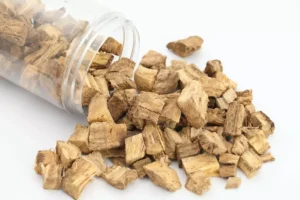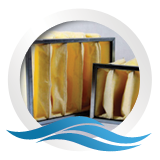
Foods rich in vitamin C include citrus fruits, strawberries, bell peppers, and leafy greens. If dietary intake is insufficient, a vitamin C supplement may help. The recommended daily allowance (RDA) for adults is 75–90 mg, but higher doses may be beneficial for those prone to bruising. Sometimes bruises can be a serious problem, especially if you have other symptoms.
Understanding Bruising: What Happens in the Body?
One primary effect is its influence on the liver, which plays a crucial role in producing proteins necessary for blood clotting. When alcohol is consumed in excess, it can impair liver function, leading to a decrease in these vital proteins. Consequently, individuals may find themselves more susceptible to bruising. Many of us have heard of hemophilia, but it is actually quite rare. The alcohol and bruising most common bleeding disorder in the US is von Willebrand disease, characterized by a lack of the clotting protein von Willebrand factor. The severity of von Willebrand disease varies depending on the individual’s level of the factor.

Causes Of Bruises After Drinking
The very purpose marijuana addiction of an anticoagulant medication—to inhibit blood clots—makes blood thinners a leading cause of bruising and increases the risk of bruising from even a minor bump. This is true whether you’re on daily baby aspirin, apixaban, rivaroxaban, warfarin or even fish oil in large doses. Even NSAIDs such as ibuprofen also inhibit platelets’ clotting ability. The effect becomes apparent in as few as five to seven days after starting an anticoagulant.
What role does liver function play in bruising for those with alcoholism?

In these situations, it is generally recommended to avoid alcohol altogether given the compounding effects on bleeding risks. Over time, alcohol can cause vascular dysfunctions which make vessels more prone to rupture and leakage. Being more conscious about potential hazards and more cautious in your movements can help reduce the chance of injury after drinking. This makes you more prone to bumping into objects, tripping or falling which can lead to accidental bruises and injury. My compassion, resilience, empathy, wisdom, knowledge, experience and love I have for this forgotten population goes beyond words. I consider what I do for the addicted population as a calling versus a “career,” because I too was once an “addict and alcoholic.” Today I am 45.5 years alcohol and substance free.

Certain medications such as anticoagulants (blood thinners), anti-inflammatory drugs, and corticosteroids can increase the likelihood of bruising when combined with alcohol. Alcohol consumption can lead to bruising due to its effects on blood clotting and vascular health. Only a couple of drinks can cause vasodilation of blood vessels close to the skin, leading to potential bruising if you bump your body against a hard surface.
- Once detox is complete, alcoholics can begin tackling problematic behaviors related to their addiction and learn how to live sober again.
- In other cases, an underlying health condition, such as inflammatory bowel disease, may need addressing.
- When a person consumes alcohol excessively over time, it can lead to liver damage.
- Eating a healthy diet, getting regular exercise, and avoiding liver-damaging foods such as fried foods, can also help the liver heal during treatment.


